Have you ever been in a workplace where your objectives or the route to securing an internal promotion seemed unclear? Many employees encounter this dilemma, but there’s a straightforward remedy: implementing key performance indicators (KPIs) for employees.
But what do key performance indicators for employees entail? They encompass a blend of metrics that provide valuable insights into the skills, tasks, and engagement activities anticipated from employees. This framework aids in clarifying the organization’s expectations, offering a defined pathway for career advancement as employees accomplish targets delineated in their performance assessments.
Companies that embrace key performance indicators for employees reap two significant benefits. Firstly, they possess tangible benchmarks to evaluate employee performance. Secondly, employees receive quantifiable metrics, fostering a clear comprehension of expectations and enhancing engagement with both their team and the organization.
Driving Engagement Up with Key Performance Indicators for Employees
Why should companies focus on their workers’ engagement with the business? According to Gallup, organizations that have a higher employee engagement rate achieve not only “substantially better customer engagement, higher productivity, better retention, fewer accidents, but also 21% higher profitability.”
It’s easy to understand that logic. The more engaged workers are, the more they’ll put effort into their tasks, skills development, and energy towards the company. So, what are some examples of key performance indicators for employees that companies could work with? People skills, employee productivity, employee net promoter score, employee turnover, participation in the company social activities, absenteeism, and others.
These key performance indicators for employees are broken down into a list of the qualities, skills, and tasks that form the employee scorecard. Therefore, choosing the key performance indicators for employees starts with a clear understanding of which business activities will impact and be impacted by those set goals and if they meet the business’s long-term goals.
Monitoring Key Performance Indicators for Employees
These key performance indicators for employees must follow the SMART goals rule, which stands for Specific, Measurable, Attainable, Relevant, Time-bound. This rule allows for effective tracking of the workers’ performance with clear and timely quantitative and qualitative parameters. Without SMART KPIs, it can be challenging to measure a company’s and its workers’ progress in time.
How can companies collect and monitor key performance indicators for employees? They can do it via anonymous employee satisfaction surveys, one-on-one conversations, or team conversations. Key performance indicators for employees should consider teams, departments, and processes and how each one of them can deliver value for the company. Monitoring key performance indicators for employees can provide valuable insight into how satisfied and engaged workers are in their work, but also what could be improved in their work life.
To get one of the best key performance indicators for employees that can help your team to improve performance every quarter, book a free demo with our performance experts!
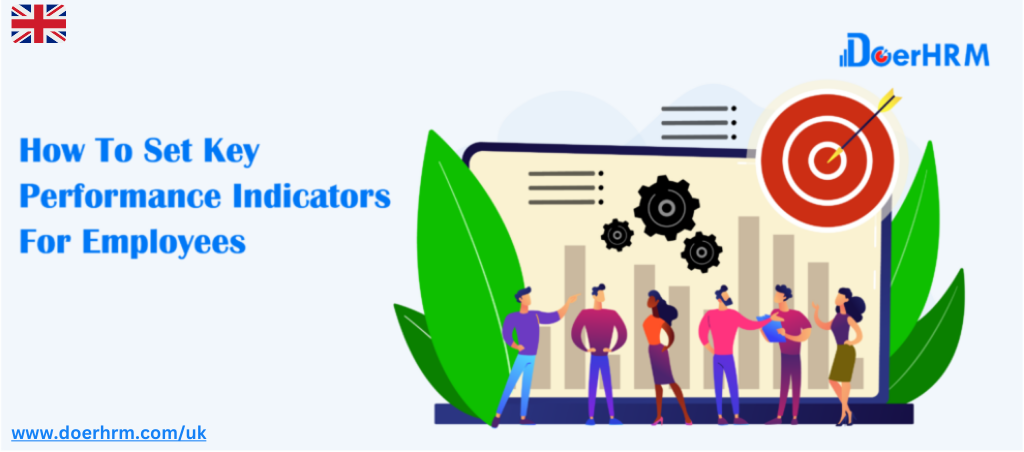

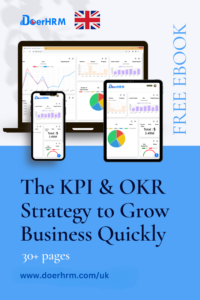

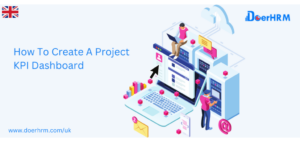

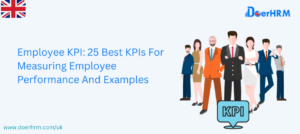

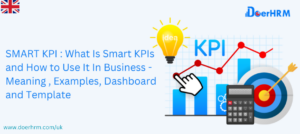

I may need your help. I tried many ways but couldn’t solve it, but after reading your article, I think you have a way to help me. I’m looking forward for your reply. Thanks.
Your article helped me a lot, is there any more related content? Thanks!